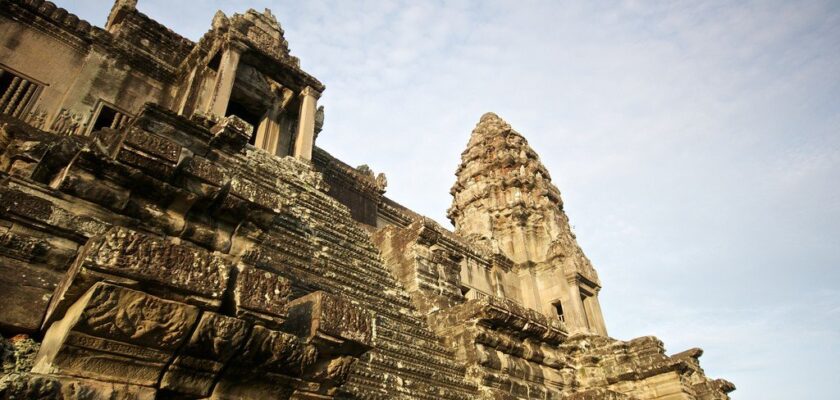Angkor Wat Temple
Angkor Wat is the center of the ancient city of Angkor and Cambodia’s most majestic temple, which draws crowds of tourists here.
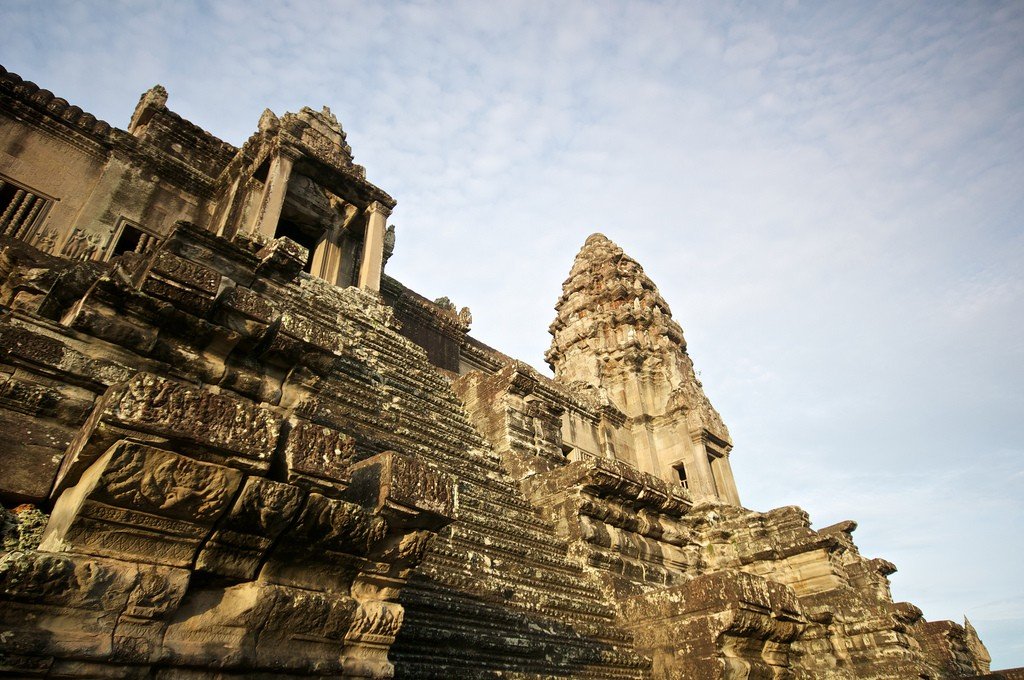
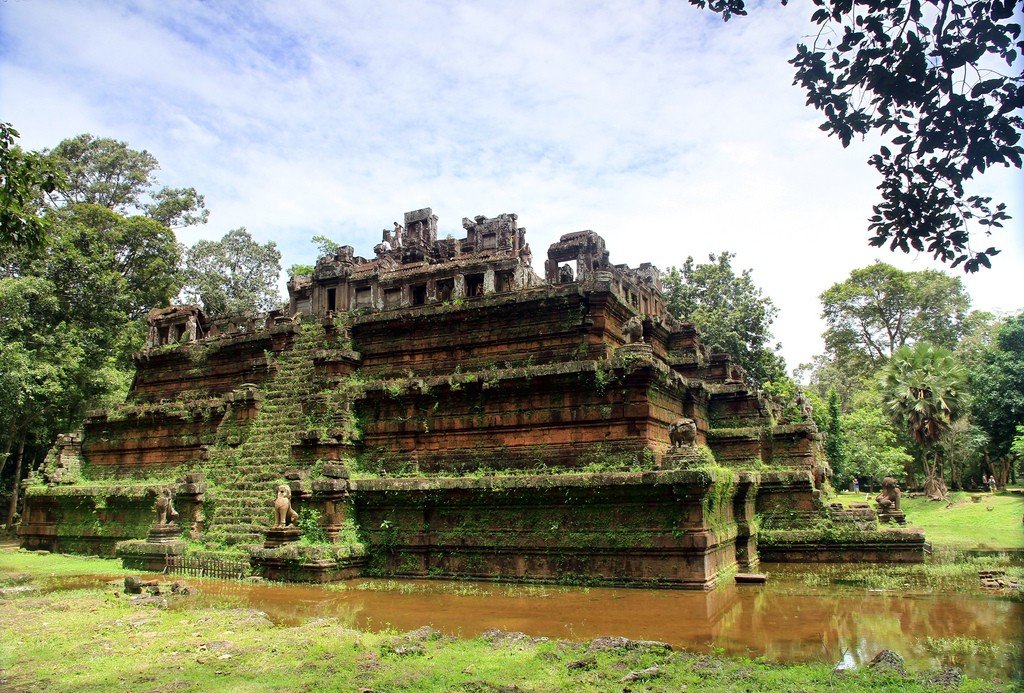
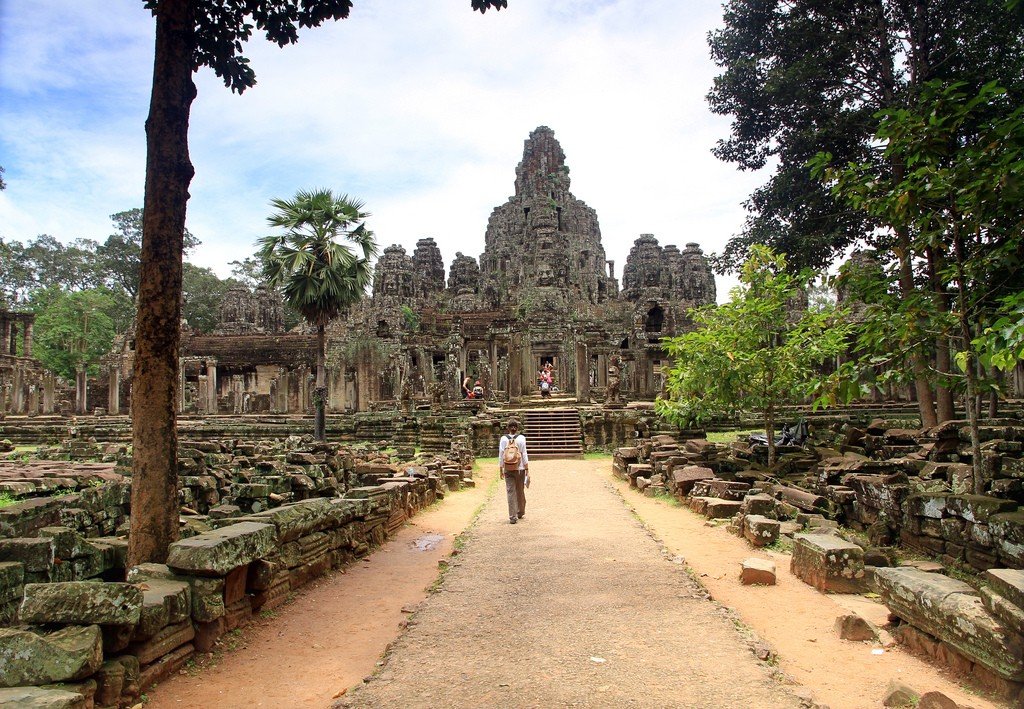
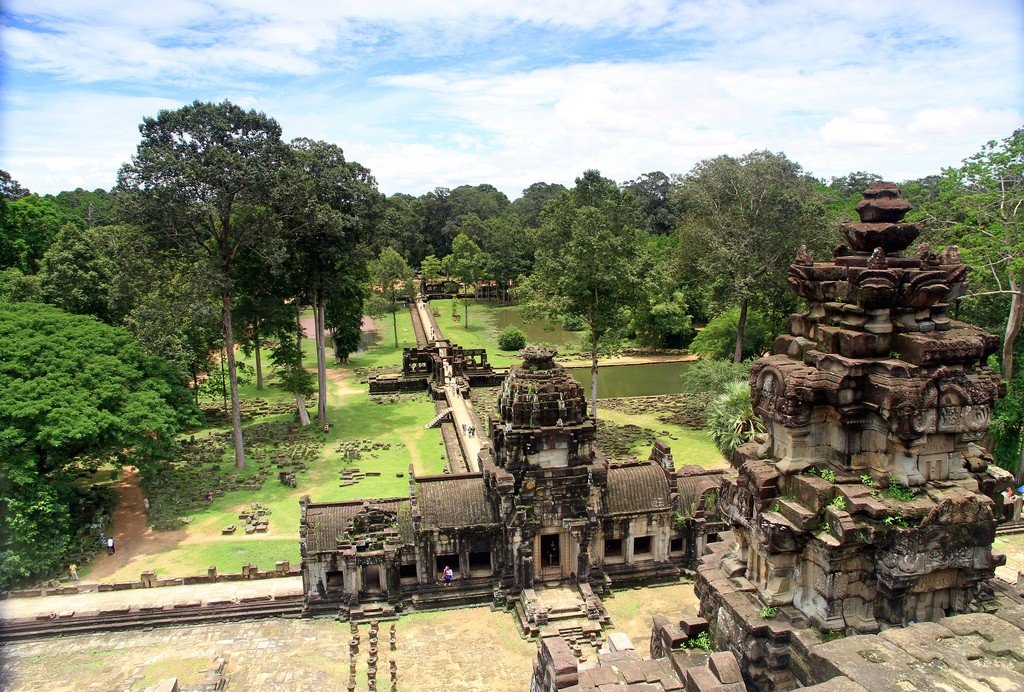
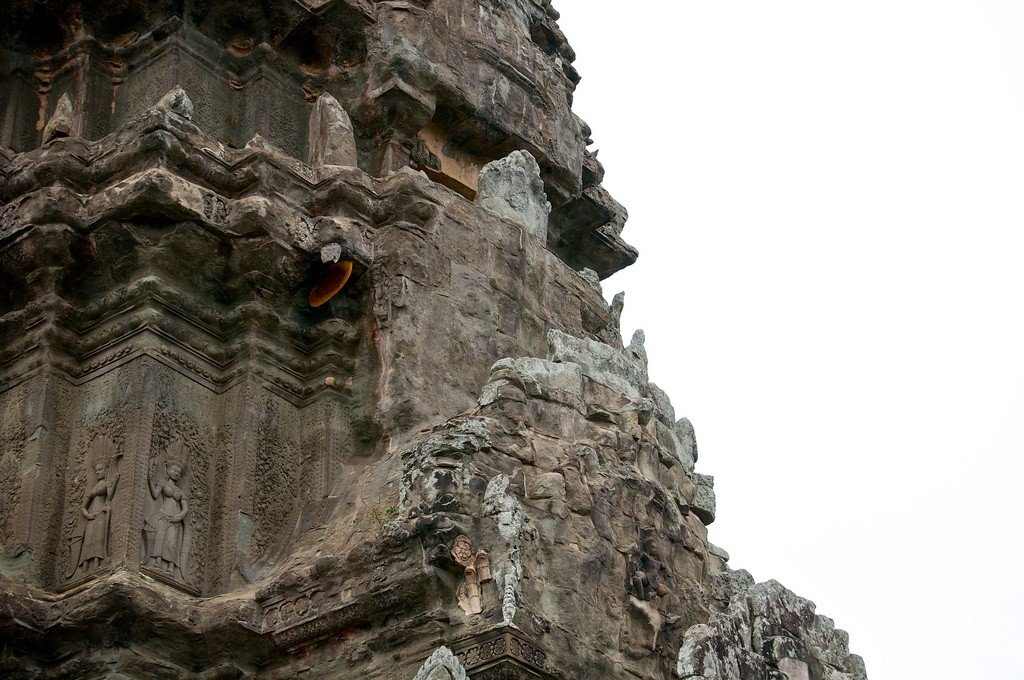
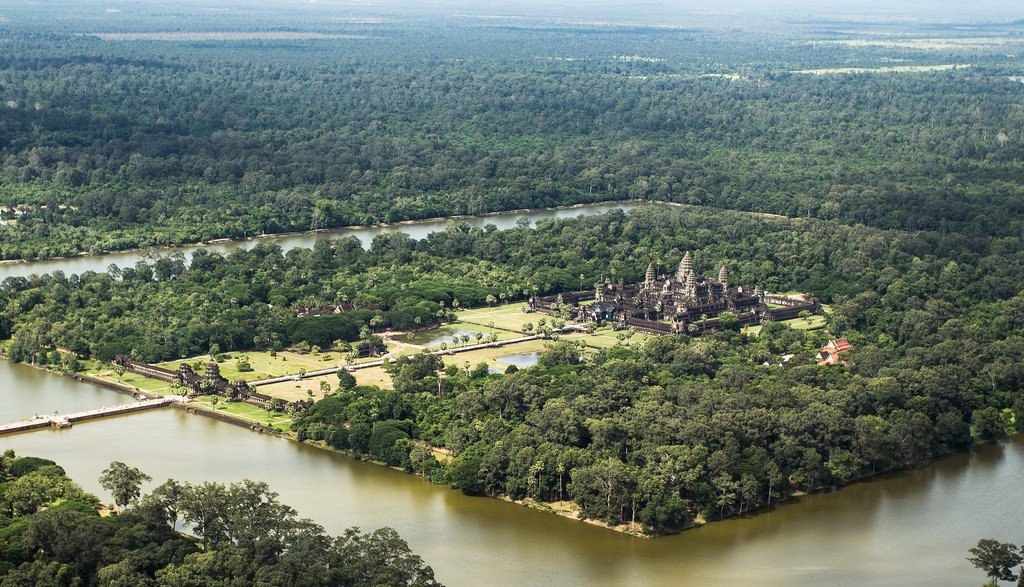
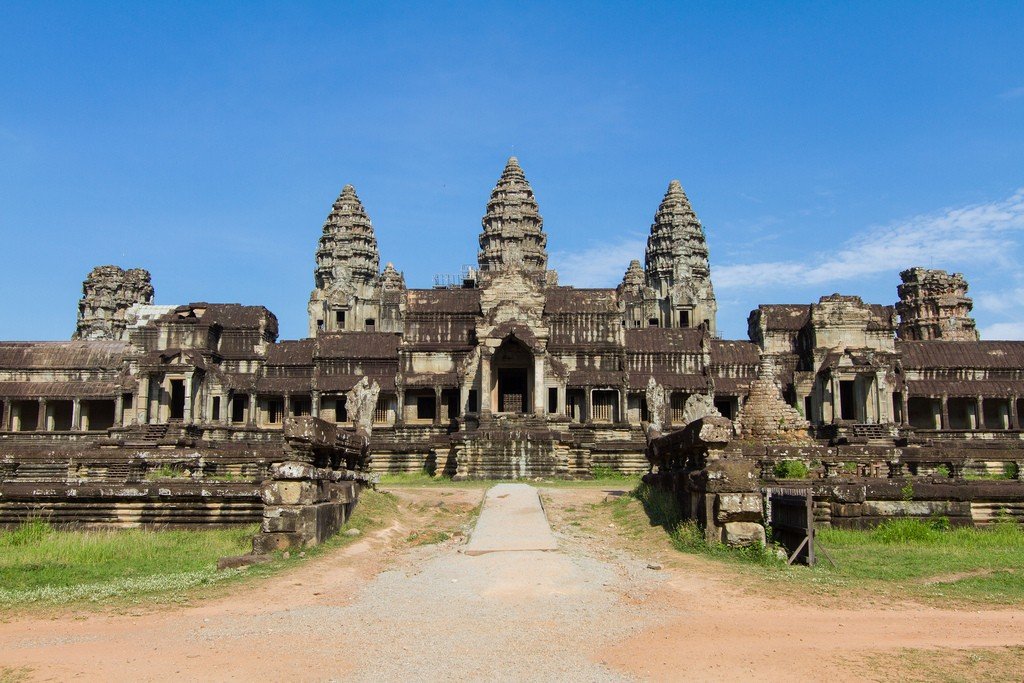
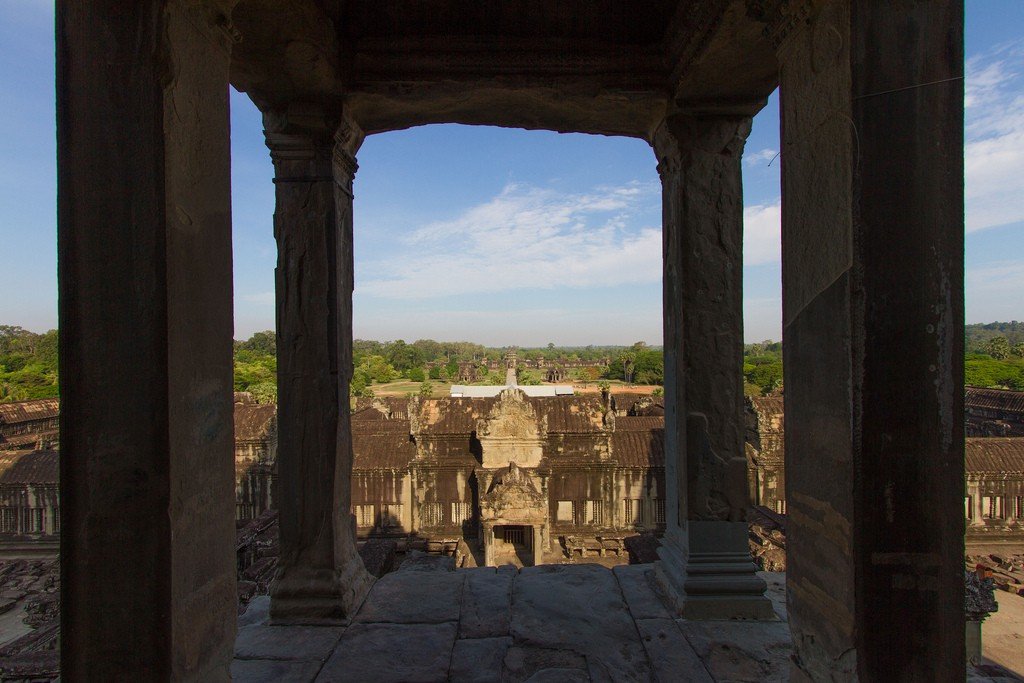
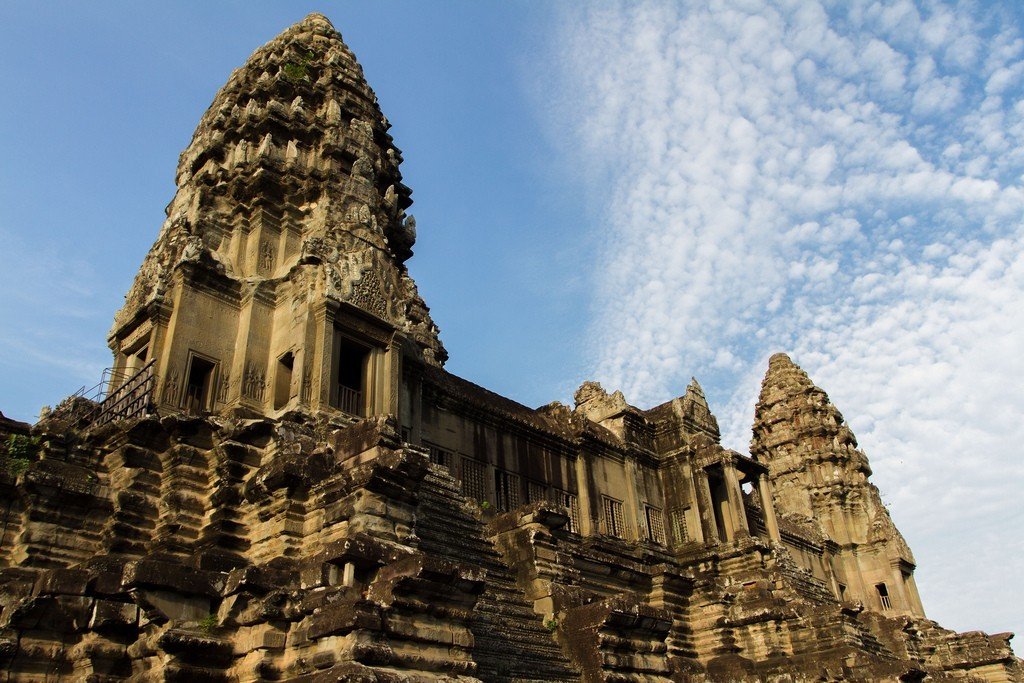
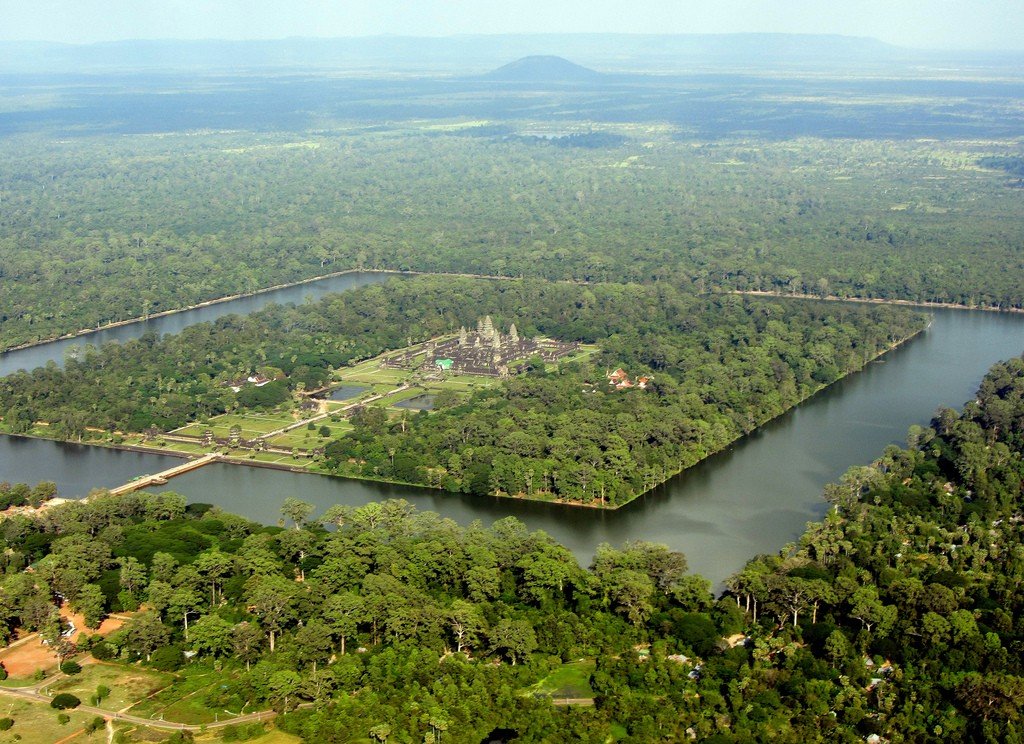
General Information
None of Angkor’s several dozen temples can match Angkor Wat in beauty. More stones were used in its construction than in the construction of the great pyramid of Cheops in Egypt, and the total surface area of the walls is much larger and almost the entire surface of the temple is covered with elaborately carved bas-reliefs. Stones for the construction of the temple were mined in the sacred mountain Phnom Kulem, 50 kilometers away, and rafted down the river. Considering the huge amount of stones needed, it is difficult to imagine how Cambodians coped with this task, having only primitive tools by our standards. More than 300,000 workers were employed in the construction. Like the Egyptian pharaohs, the kings of Angkor spared no effort to surpass their predecessors and build a temple that had never been equaled before. With Angkor Wat, it has succeeded. There are few man-made creations on earth that can rival this masterpiece.
.The construction of Angkor Wat was started by King Suryavarman II (1112-1152) and completed after his death. The temple was originally built as a Hindu temple. Interestingly, its orientation is different from all other shrines in Angkor – the main entrance is on the west side, not the east side. In Hindu religion, the west is usually associated with death, and there is a version that the main purpose of the temple was to serve as a mausoleum for Suryavarman II. This is supported by the fact that the bas-reliefs are arranged in such a way that they must be viewed by going around the temple in a counter-clockwise direction, as in funeral rituals. On the other hand, the god Vishnu is often associated with the west. It is agreed that Angkor Wat served as both a temple and a king’s mausoleum.
The temple grounds are vast. The rectangular Angkor Wat complex covers 210 hectares and is surrounded by a wide, 190-meter-long moat. Just to cross the moat and reach the central part of the temple will take at least 20-30 minutes. The five main towers of the three-tiered temple rise to a height of 65 meters: four towers at the corners of the temple and one in the center. Curiously, no matter from which side a traveler approaches, he can always see only three of the five towers. This effect is achieved by the fact that the base of the temple is not visible: it is raised on a high plinth of laterite and sandstone (850×1000 meters), surrounded by a colonnade. The design of the temple is not accidental. The central tower of Angkor Wat symbolizes the sacred Mount Meru, the abode of Shiva, the towers on the edges are surrounding peaks in the middle of the mainland (courtyards), surrounded by the ocean (moat). The seven-headed mythical serpent Naga symbolizes the bridge of rainbows linking the earth to the abode of the gods. The main, western, entrance to the temple of Angkor Wat is a wide, richly decorated with bas-reliefs and sculptures gate. On the right side is a three-meter high, eight-armed statue of Vishnu. Pilgrims and young men before marriage traditionally bring a lock of their hair as an offering to the statue. A wide street with naga sculptures on balustrades leads from the gate to the main temple. There are two ponds on either side of the street, and photographers usually gather at the northern pond in the morning to capture the temple in the dawn sunlight. Inside, the temple is three tiers of galleries with many beautiful bas-reliefs. In ancient times, only the king and the high priest could ascend to the top tier of Angkor Wat. Recently, after many years of interruption, the authorities opened access to the third tier of the temple to ordinary mortals, and now you can climb to the top, find a quiet corner and meditate on the beauty of this great work of art. The third tier of the temple is one of only two places in Angkor where there are clothing requirements – shoulders and knees must be covered. The best time to be at the top of Angkor Wat is sunset. At this time you can admire the golden rays of the setting sun coming through the holes in the walls, illuminating the beautiful heavenly dancers (apsaras).
.When you reach the temple on the street, turn right to walk around the temple, looking at the bas-reliefs in the right direction. Notice how meticulously, with what skill they are carved. Most of the bas-reliefs were created in the twelfth century, and only a few blank walls were finished in the sixteenth century. One can see at once how much the skill of later sculptors is inferior to the ancient masters. It is impossible to view all the bas-reliefs in a few hours; it is better to concentrate on the most outstanding ones.
Contents
West Gallery
Battle of Kurukshetra – The southern part of the west gallery depicts a scene from the Indian epic Mahabharata, a battle between the northern Kauravas and the southern Pandavas. At the bottom are depicted fighting warriors on foot, driven by commanders on elephants, with the commanders of the armies above them. Note the slain commander lying on a pile of arrows, the warrior on the elephant laying down his arms and admitting defeat, the mortally wounded officer falling from his chariot and being picked up by soldiers.
.South Gallery
The Army of King Suryavarman II is a painting of the triumphal procession of the royal army. The king himself is depicted seated on a war elephant with a weapon in his hand that looks like a blade on a long shaft, he is covered from the sun by fifteen umbrellas and fanned by servants. Behind the king in rows are Khmer warriors. Unlike other bas-reliefs, the 94-meter-long military procession of Suryavarman II, who built Angkor Wat, reflects real life at the time. Starting at the western corner, the bas-relief depicts ministers, princes and princesses on elephants, whose rank is determined by the number of umbrellas around them. A little further on, the parade loses its military character to give way to a religious pageantry of Brahmans with their hair gathered in a bundle ringing small bells. The Rajahotar, or royal sacrificial priest, who is carried in a palanquin behind the ark of the sacred flame, may also be seen here, the musicians, porters and jesters parading in front of him. The parade ends at the right edge, depicting Siamese, then allies of the Khmer, in bell-shaped dresses with feathers in their hair, giving them the appearance of warriors of Oceania and long mistaken for barbarians. Note the rectangular holes among the royal army. These are believed to have been indications to the location of hidden royal treasures, and the Thais carved them out when they captured Angkor.
.Judgment of the Pit
The Judgment of the Pits is a 60-meter high panel dedicated to the judgment of the dead by the death god Yama (analogous to the Last Judgment) and depicting heaven and hell. The tablets report the existence of 37 heavens and 32 hells. The masters transferred to paradise palaces, in which the celestials surrounded by servants lead an idle life – and their joys are quite earthly. But the part depicting torture is more diverse – here reign tall executioners with ferocious animals. Almost everywhere you can see two paths: the one above represents heaven, and the one below represents hell. On the upper left, the rich and famous are on their way to heaven – to the buffalo on which the 18-armed Yama and his assistants sit, while below, the less fortunate poor common people begin the long, misery-filled journey to hell. The royal couple can be seen being greeted by two kneeling figures, to the right a group of women offer gifts to the princess while the men carrying her palanquin stand waiting. To the right above are the heavenly palaces, important persons in palanquins with opahalas, just below are garudas and lions, like Atlanteans, holding heaven, while beneath them are the brutal tortures of hell. For stealing flowers in Shiva’s garden, nails are hammered into the body crucified on a frame, and in the 23rd circle of hell, Kalashu-tra, sinners are roasted on fire.
.East Gallery
Whipping up the milky ocean – this bas-relief is perhaps the most skillfully executed in all of Angkor. The bas-relief shows 88 asuras (demons) on the left and 92 devatas (demigods) on the right whipping an ocean of milk with the help of a huge serpent – strung like a rope. The scene is taken from the holy book Bhagavata Purana and is very often depicted in Khmer art.
.
Interestingly, the bas-relief shows the angels being led by Hanuman, the king of the monkeys – an unexpected fantasy of Khmer sculptors. In the story itself, no monkeys took part in the churning of the ocean, and Hanuman himself is the hero of another Indian epic, the Ramayana.
.
In the same gallery is the only entrance to Angkor Wat without stairs, specially made so that the king could mount an elephant directly from the gallery.
.Next in the gallery is a bas-relief depicting Vishnu destroying enemies. This is a late addition, dating from the 16th century, and is much less well executed than older works.
.
North Gallery
Battle between the god Krishna and the demon king Ban – Krishna’s grandson (don’t even try to figure out the degree of kinship of the gods, you’ll get confused) has been kidnapped by the demon Ban and imprisoned in a city surrounded by a wall of fire. The panel shows Krishna fighting Bana’s armies to free his grandson. The imposing figure of the many-headed and many-armed Bana, seated on a garuda (half-man half-bird), appears no less than six times in bas-relief. At the end of the panel, Krishna, having defeated Bana, pays homage to Shiva seated on Mount Kailas and accepts his request to keep Bana alive. Off to the side of Shiva is his son Ganesha, rarely depicted in Cambodia, with an elephant’s head.
.Back in the west gallery on the north side. The Battle of Lanka is one of the most beautiful bas-reliefs at Angkor Wat. It depicts a scene from one of the last sections of the Ramayana epic, the final battle between the armies of Rama and Ravana, the leader of the rakshasas (demons). Ravana has captured the beautiful Sita, Rama’s wife. Rama and his brother Lakshman went to his kingdom to retrieve his wife. On the way, they helped the monkey king Hanuman regain his throne, and the latter joined the campaign with his army. The bas-relief shows the army of monkeys battling the rakshasa. Rama is fighting Ravana himself. Time after time, Rama cuts off each of Ra-vana’s ten heads, but they grow back. Only by striking him in the heart with an arrow was Rama able to kill Ravana.
.After bypassing the first tier of the temple, climb the steep stairs to the second tier. The outside of the second tier is of little interest, but the inside depicts 1,500 apsaras, celestial dancers. In all, there are more than 3,000 apsaras on the walls of Angkor Wat, and none of them is the same as another. Even their hair is depicted in 37 different styles. In the 1980s, Indian restorers tried to clean the temple with products containing acid and severely damaged many of the dancers. Now most of them have been restored by German specialists.
.